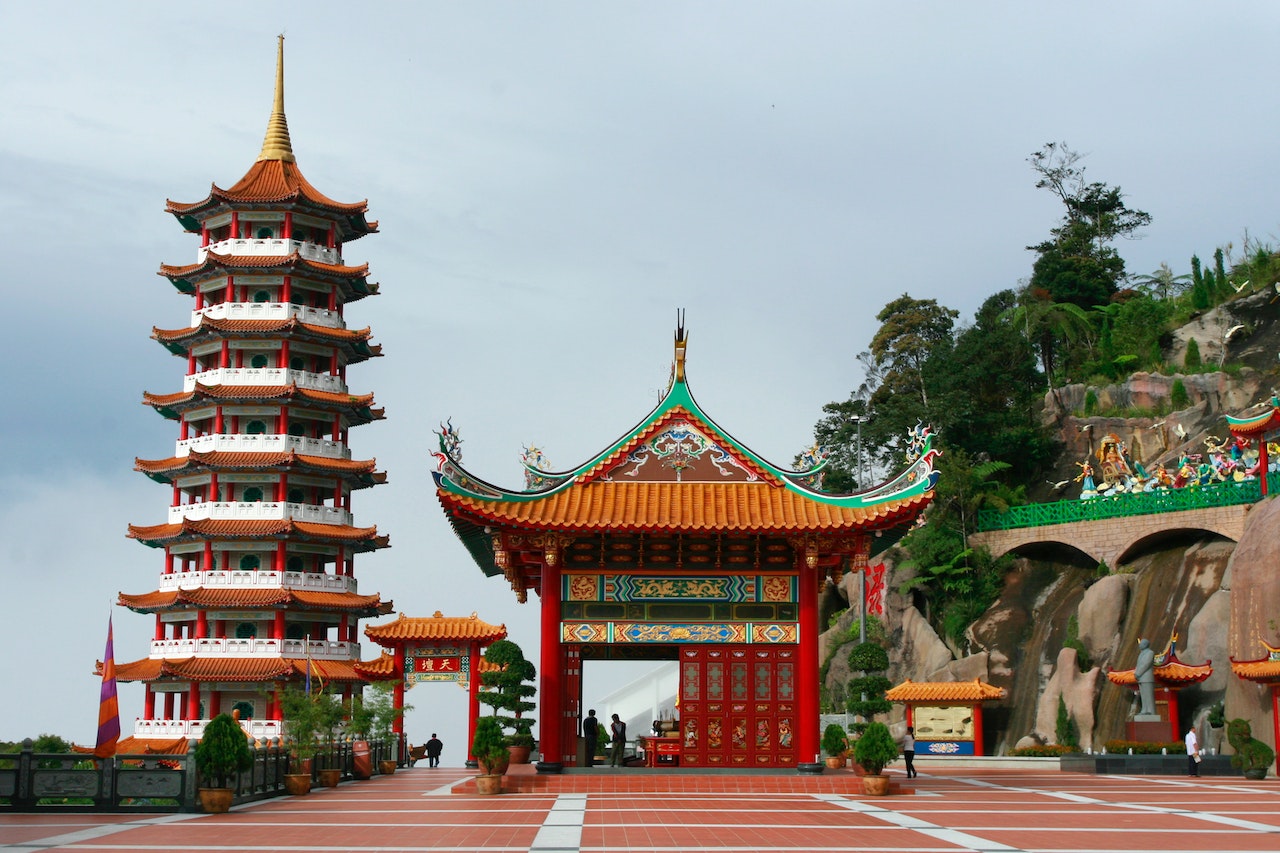Tirupati, a sacred city nestled in the southern part of India, is renowned for its revered temples, especially the Sri Venkateswara Temple, located atop the Tirumala Hills. Millions of devotees flock to Tirupati throughout the year to seek blessings and partake in various religious rituals. However, a common question that often arises among pilgrims and travelers is, “Is Tirupati safe at night?” In this comprehensive guide, we will delve into the safety aspects of visiting Tirupati after dark, exploring the reasons behind restrictions on night climbing, essential safety measures, and valuable tips for a secure nighttime visit.
1. Understanding The Nighttime Restrictions
The Tirumala Tirupati Devasthanams (TTD), the governing body of the Sri Venkateswara Temple, has imposed certain restrictions and guidelines to ensure the safety and sanctity of the temple premises, especially during the night. These restrictions extend to the Tirumala Hills as well. Let’s take a closer look at some of the key reasons behind these measures.
2. Safety Concerns
One of the primary reasons for prohibiting night climbing on Tirumala Hills is safety. The hills become shrouded in darkness after sunset, and there are no streetlights or other sources of illumination to guide pilgrims. Navigating the steep and uneven terrain in such conditions can be perilous, increasing the risk of accidents and injuries. In the absence of proper visibility, it becomes challenging to spot potential hazards, making nighttime visits potentially unsafe.
3. Preservation Of Sanctity
The Sri Venkateswara Temple is a sacred place of worship, and maintaining its sanctity is of paramount importance. The TTD restricts nighttime visits to ensure that the temple premises remain peaceful and conducive to prayer and meditation. Late-night activities, especially in the absence of proper supervision, can disrupt the spiritual atmosphere that pilgrims seek to experience.
4. Security Concerns
Tirupati, like any other city, has its share of security concerns. At night, the risks associated with personal safety can be higher due to reduced visibility and fewer people around. The TTD’s restrictions on nighttime visits aim to mitigate these security risks, protecting pilgrims from potential harm.
5. Is It Safe To Travel To Tirupati At Night?
While nighttime visits to Tirumala Hills are restricted for safety and security reasons, traveling to Tirupati at night can be safe if done through a reliable operator. Many devotees opt for pre-booked darshan packages that include transportation, accommodation, and darshan (viewing the deity) at the temple. These packages are usually well-organized and prioritize the safety and convenience of pilgrims. Choosing a reputable operator can help ensure a safe and hassle-free nighttime visit to Tirupati.
6. Essential Guidelines For A Safe Visit
Whether visiting Tirupati during the day or night, it’s essential to adhere to certain guidelines to ensure your safety and maintain the sanctity of the temple. Here are some key points to keep in mind:
- Dress Code: Respect the dress code of Tirupati. For men, it’s recommended to wear a dhoti or pyjamas with an upper cloth. Women should opt for a saree or half-saree with a blouse or churidar with pyjama and an upper cloth. Following the dress code helps maintain the temple’s sacred atmosphere.
- Prohibited Items: Certain items are not allowed in Tirupati, including non-vegetarian food, liquor, other intoxicants, and tobacco products. It’s important to adhere to these restrictions to uphold the temple’s sanctity and spiritual ambiance.
- Headgear: Avoid wearing any headguards, such as helmets, caps, turbans, or hats, inside the temple premises. This rule is in place to ensure that everyone’s faces are visible during darshan, enhancing security measures.
- Behavior: Maintain a respectful and peaceful demeanor within the temple premises. Do not engage in acts of violence or harshness. Ensure that your behavior aligns with the reverence of the sacred place.
7. Choosing The Right Darshan
Tirupati offers various darshan options, each with its own significance and waiting times. If you prefer a quicker and more convenient experience, the “Slotted Sarva Darshan” is a recommended choice. This darshan allows pilgrims to book a specific time slot for darshan, reducing waiting times significantly. However, it’s advisable to plan and book your darshan in advance, especially during peak seasons.
8. Best Months For A Less Crowded Experience
If you wish to avoid large crowds and long waiting times, planning your visit during the right months can make a significant difference. February, March, June, July, August, and November are generally considered less crowded months in Tirupati. During these periods, you can enjoy a more serene and peaceful pilgrimage experience.
In conclusion, Tirupati is a spiritually significant destination, drawing devotees from all over the world. While nighttime visits to Tirumala Hills are restricted for safety and sanctity reasons, traveling to Tirupati at night can be safe if you choose a reliable operator. Adhering to the temple’s dress code and guidelines is essential to maintain its sanctity, and selecting the right darshan option can enhance your overall experience. By planning your visit during less crowded months, you can enjoy a more tranquil pilgrimage. Remember, safety and respect for the temple’s traditions should always be a priority when visiting Tirupati, day or night.

